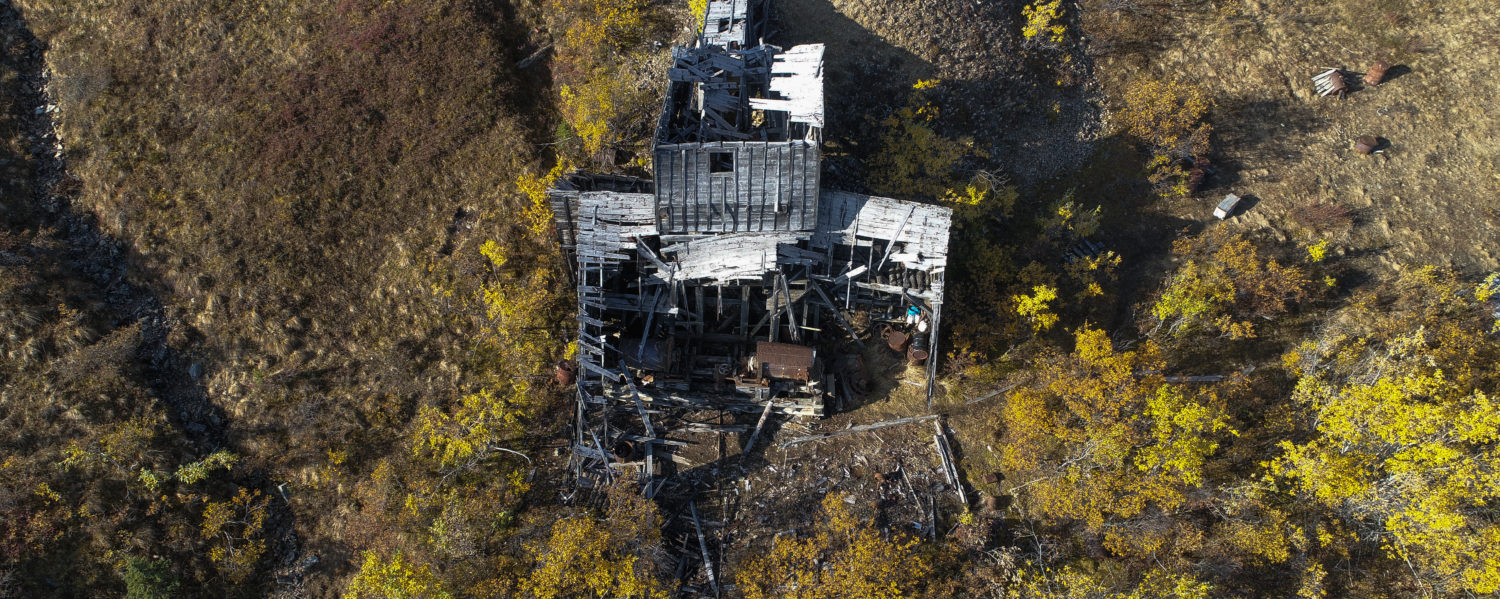Client: USACE Alaska and the Bureau of Land Management
Location: Multiple Sites in Alaska
Scope of Work:
- Survey
- Inventory
- Complex logistics including life support
Mining has taken place in Alaska for over 100 years. But today, the number of abandoned mines and the volume of material left behind (material and equipment, structures and, sometimes, contaminants), present significant challenges to land management agencies who have inherited the abandoned claims.
In Alaska, the majority of the claims are located in remote areas across seven distinct regions. Many have either never been mined or have been inactive. Consequently, the condition of these claims is poorly known. To support the BLM, Brice is performing a systematic inventory of abandoned mining claims in Alaska. The project goal is to identify any remnant features that may constitute environmental or physical safety hazards.
To prepare for the fieldwork, Brice performed analysis of historic mining records and aerial imagery. In the field, we captured imagery and conducted visual inspections and sampling. We documented any prominent site features, including structures, equipment, staining, stressed vegetation, or landfills/burial sites. We took field notes and photographs and collected survey data. We used a 3G enabled fixed wing UAV with photogrammetric and survey grade GPS, to produce high resolution orthomosaic imagery of approximately 5,370 acres of land with minimal to no ground control. If signs of contamination were noted, we collected soil samples which were analyzed for GRO, DRO, RRO, BTEX and PAH.
During the 2019 field season, we completed 102 of the 257 abandoned mining claims; the remaining claims were completed in 2020.
The project requires complex logistics including establishing life support (camps) and the use of ATVs, UTVs, electric bikes, and helicopters to access the mining claims sites.
Project Highlights
- Successfully completed the project in accordance with customer expectations, despite challenging weather and a late-in-the-season mobilization due to the timing of the award



 As an ANC 8(a) firm, Brice is eligible to receive sole source contracts regardless of dollar size, with no upper limit, compared with traditional 8(a) enterprises which are held to a sole source contract limit of $4 million.
As an ANC 8(a) firm, Brice is eligible to receive sole source contracts regardless of dollar size, with no upper limit, compared with traditional 8(a) enterprises which are held to a sole source contract limit of $4 million.